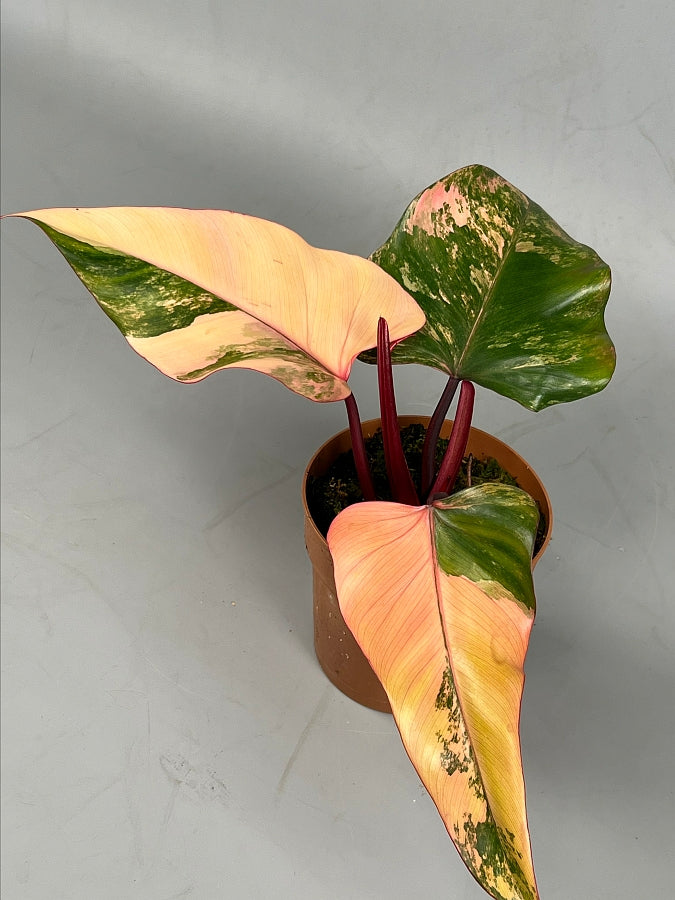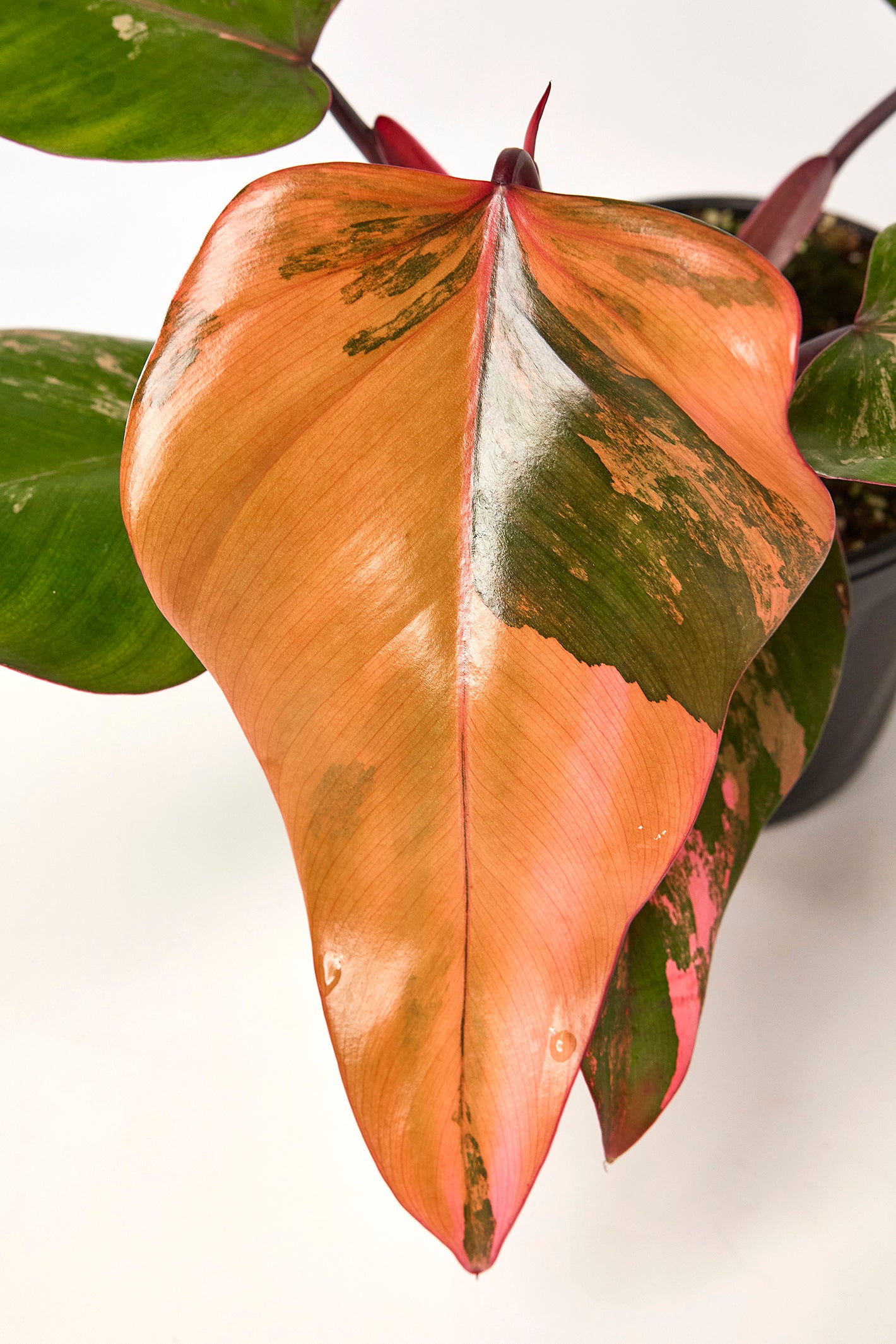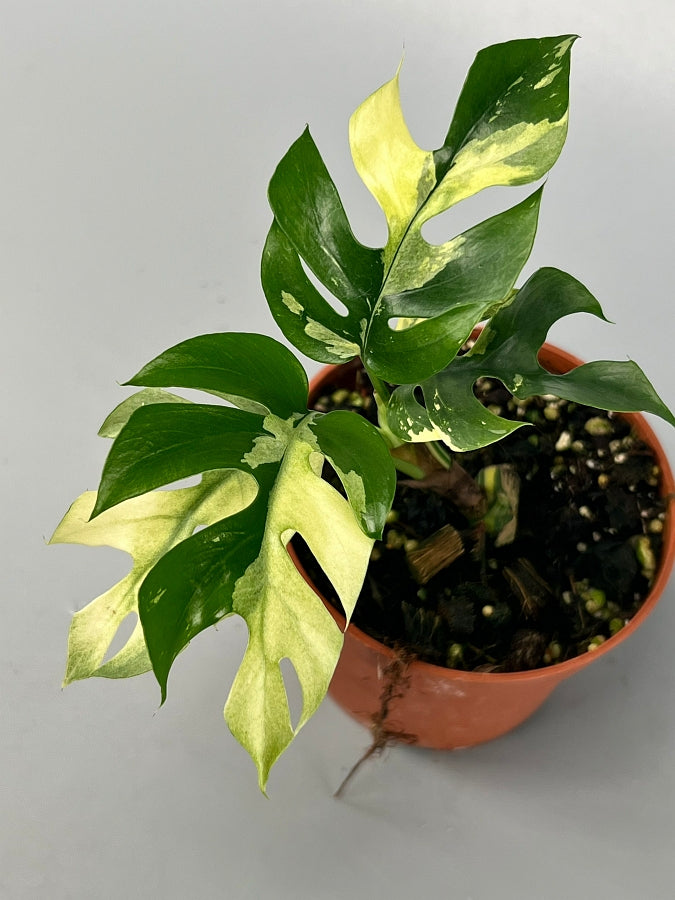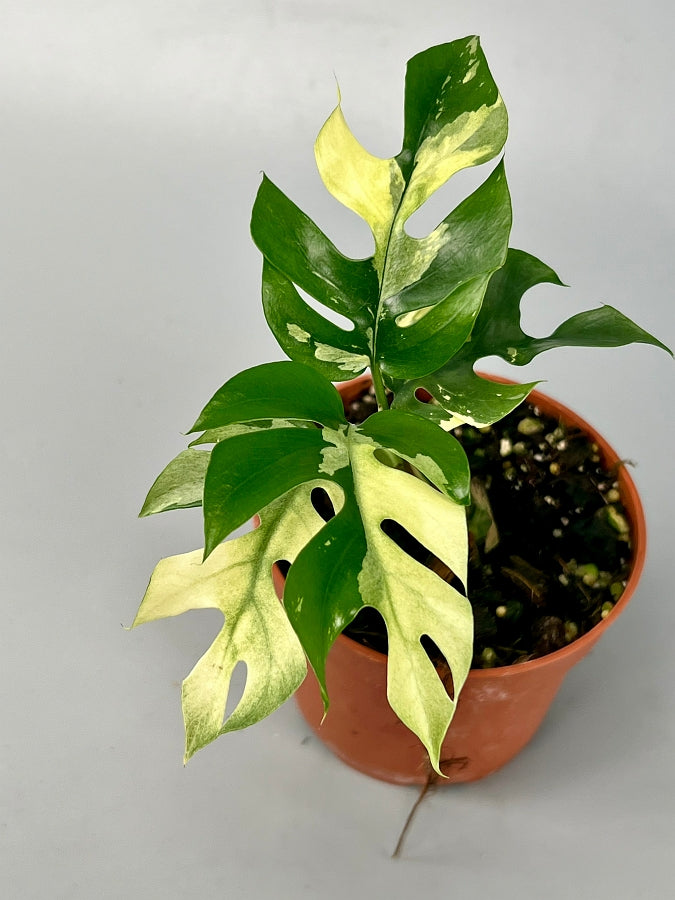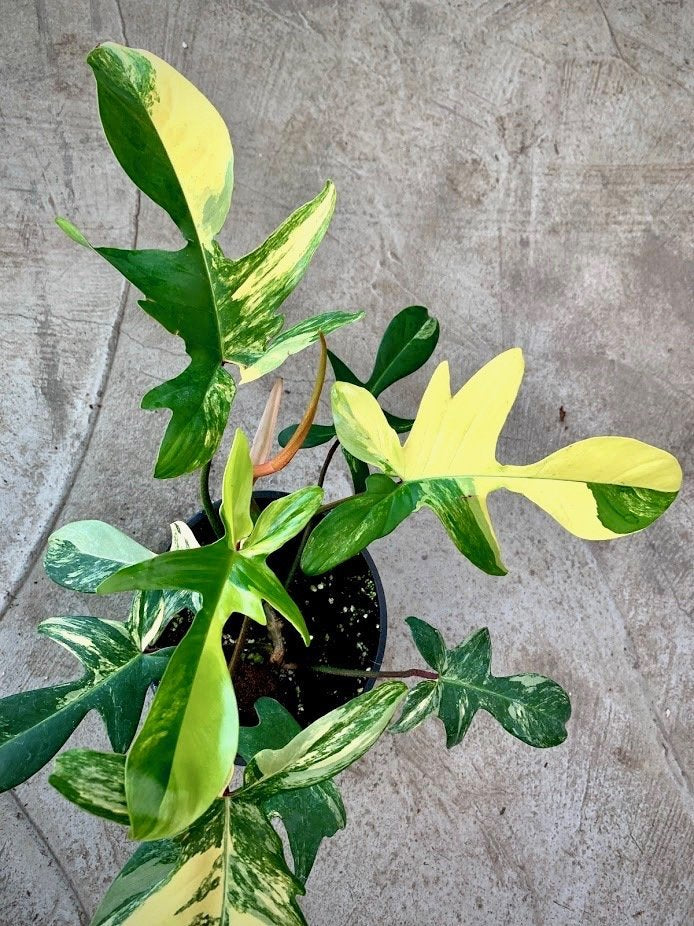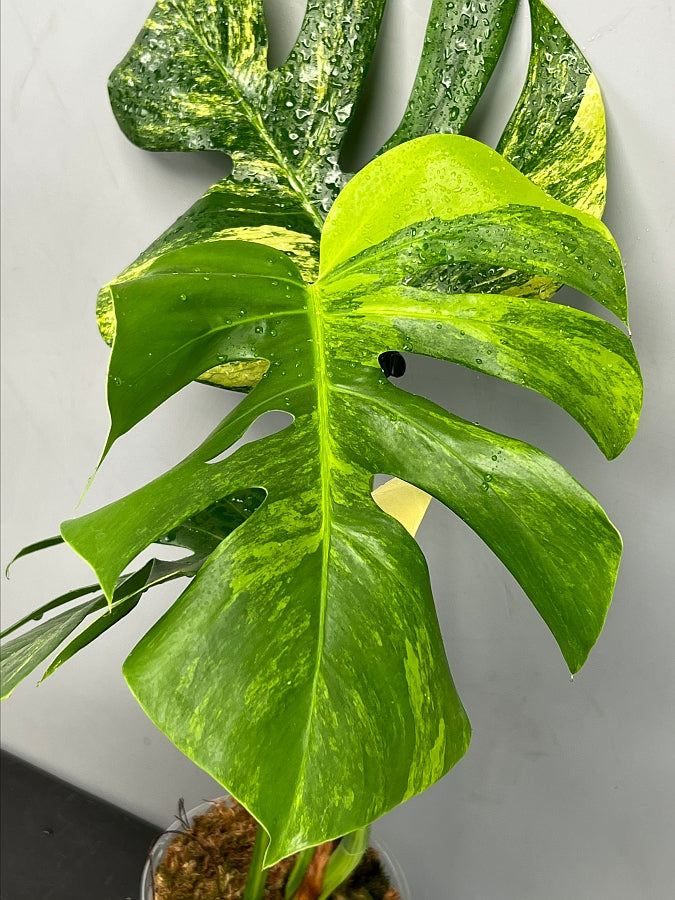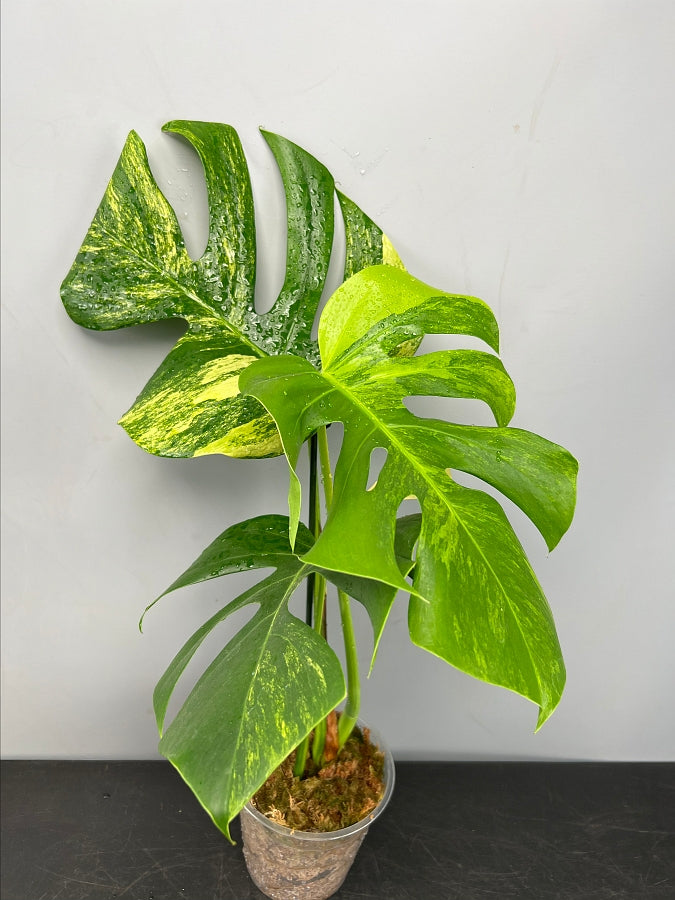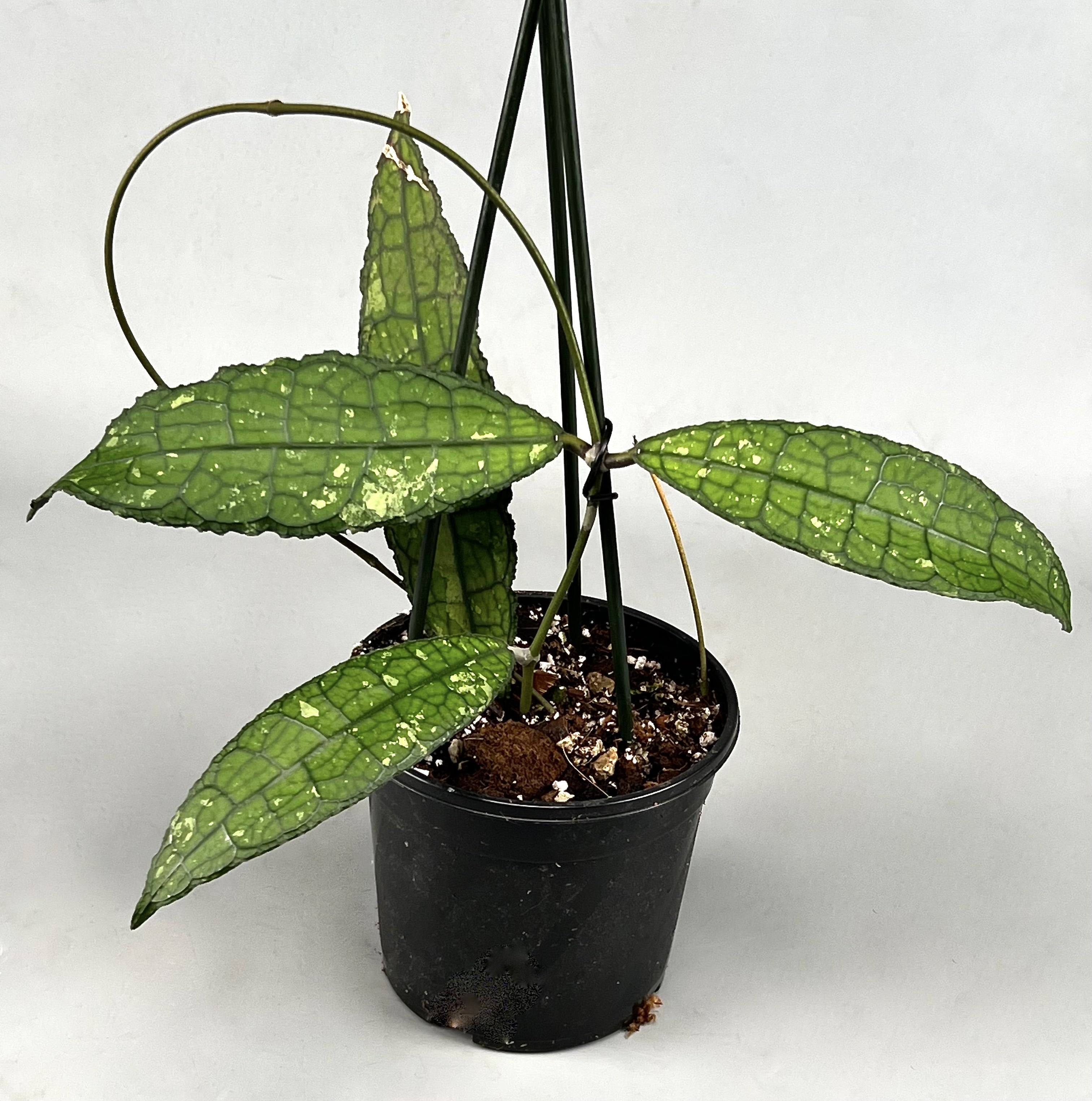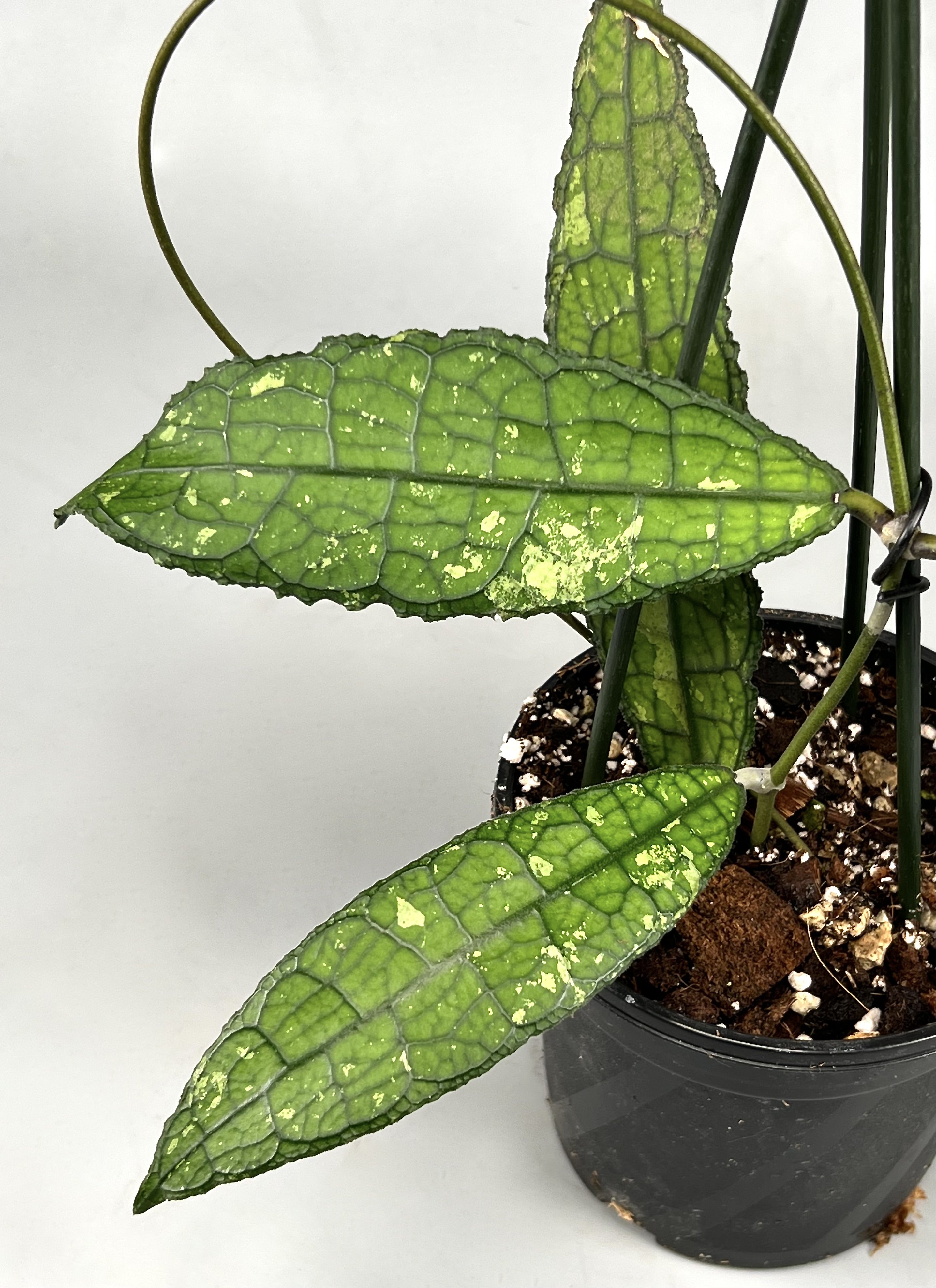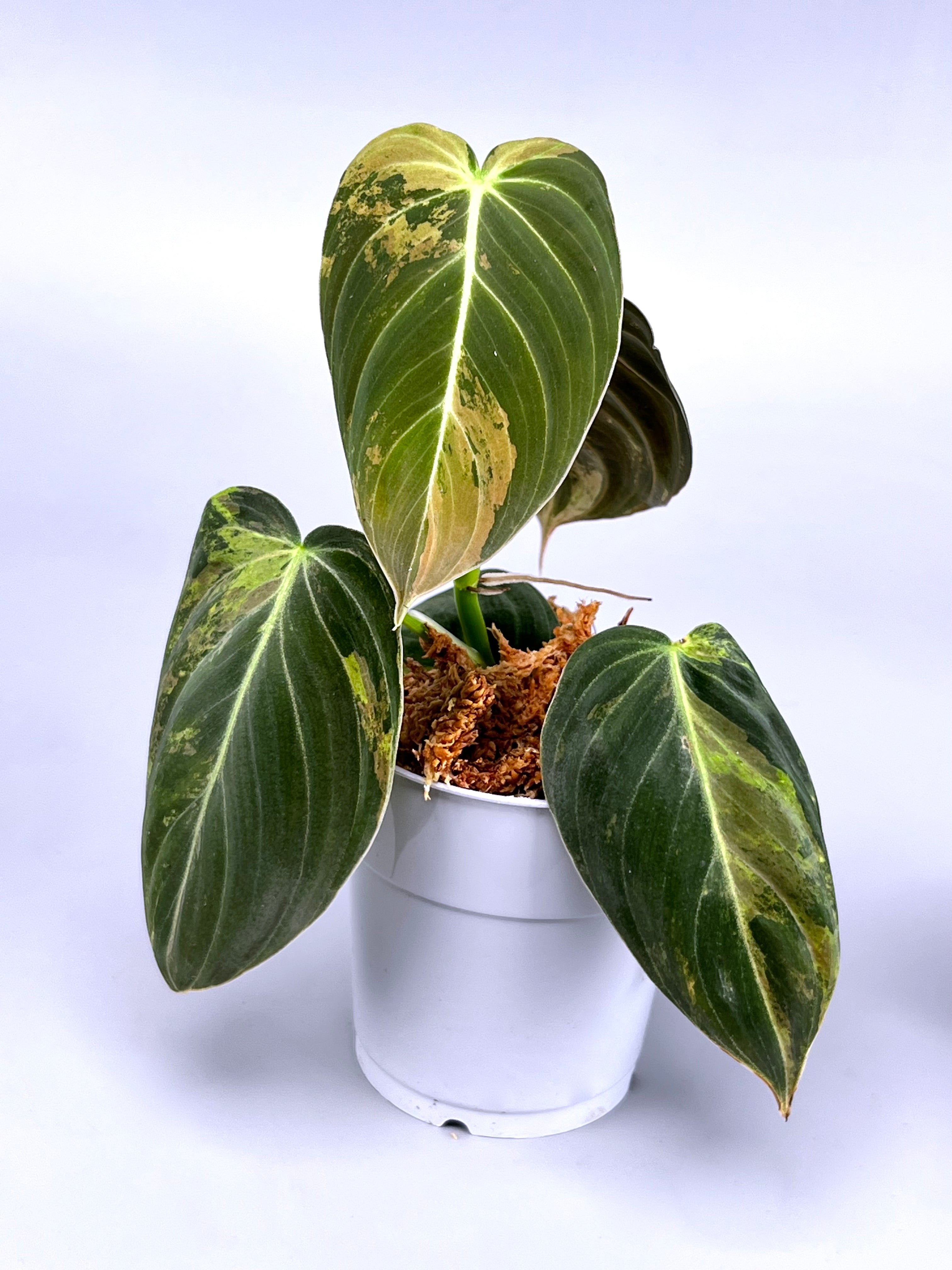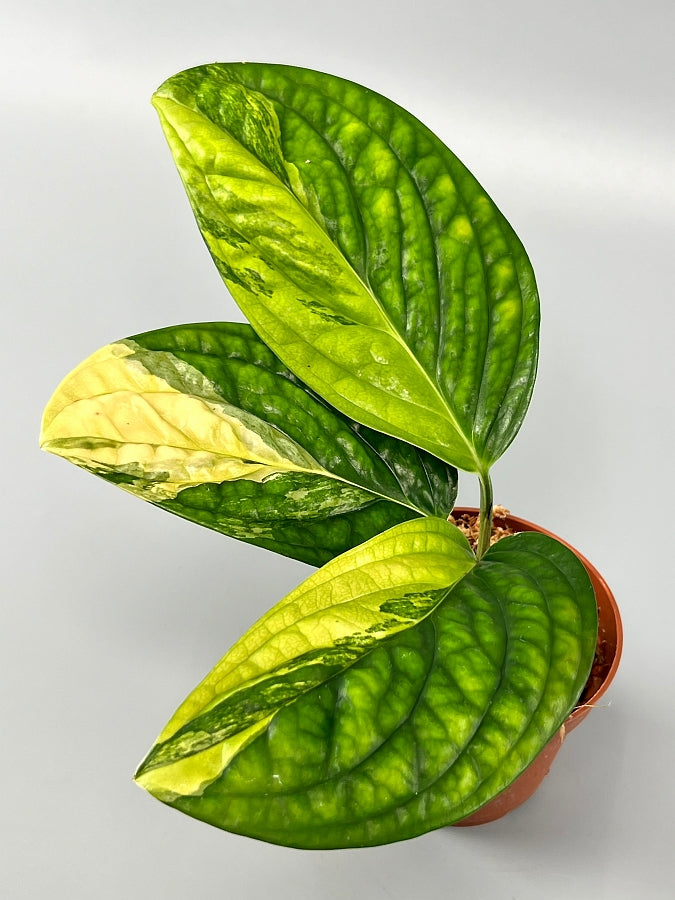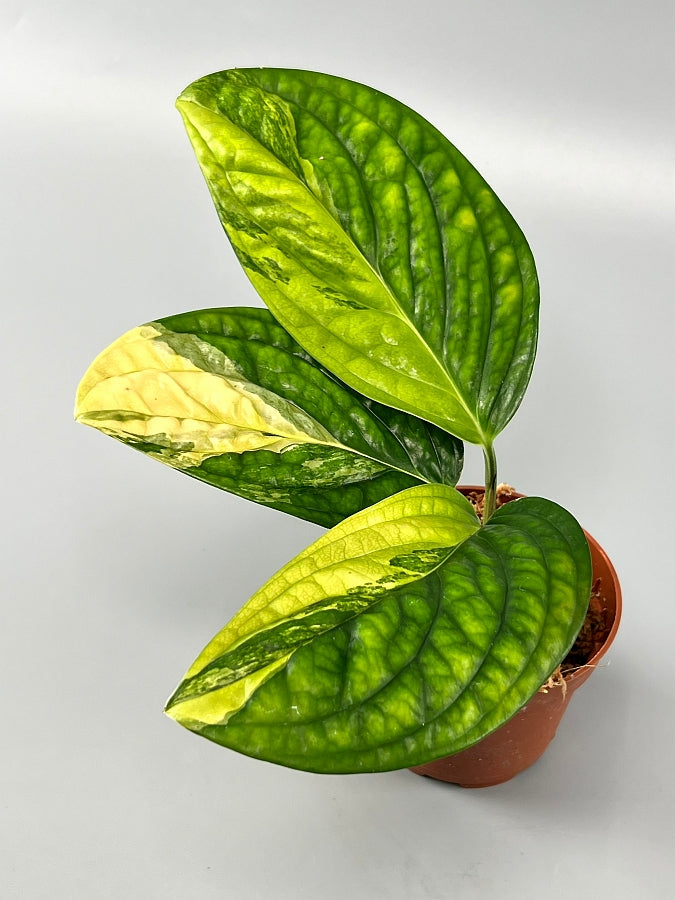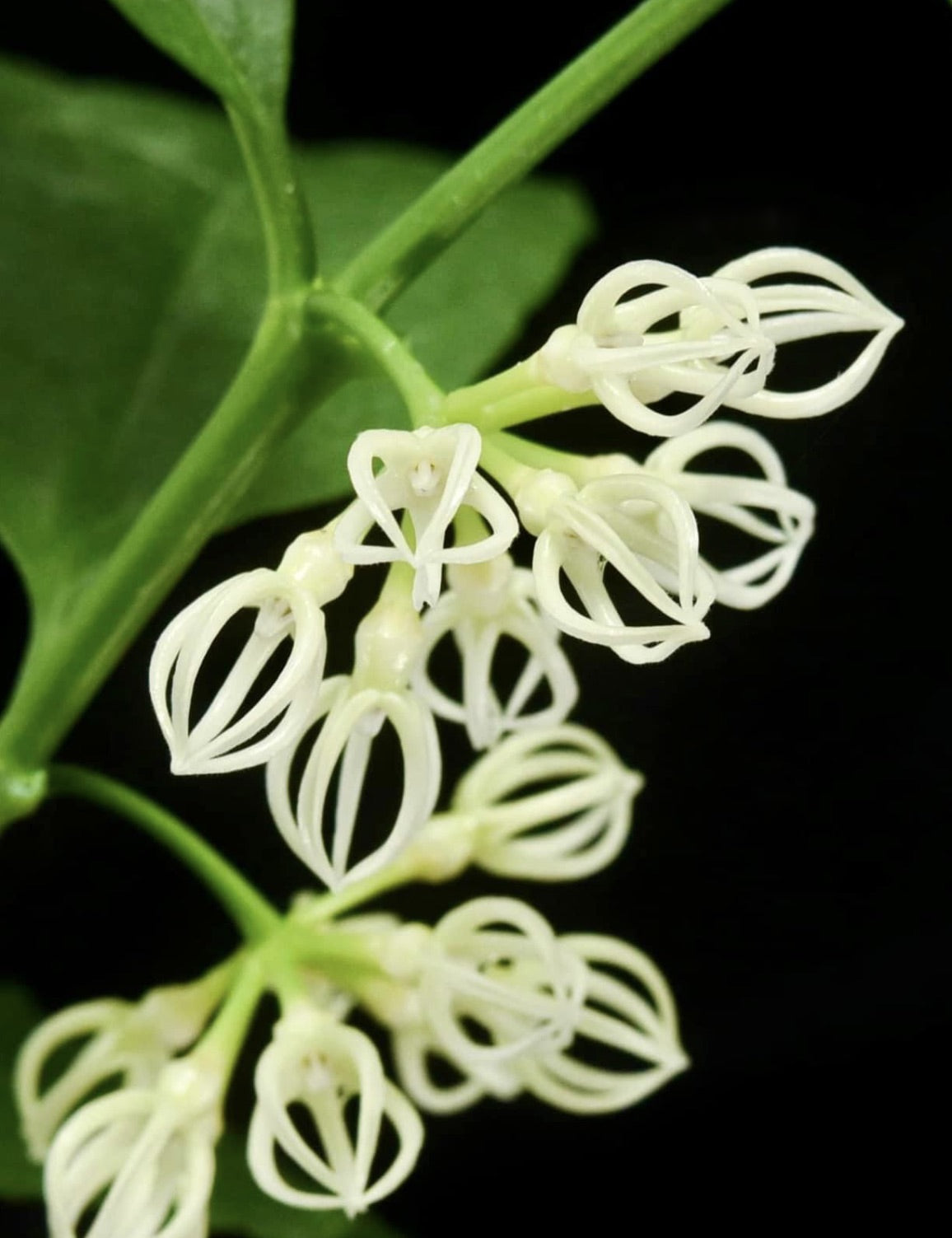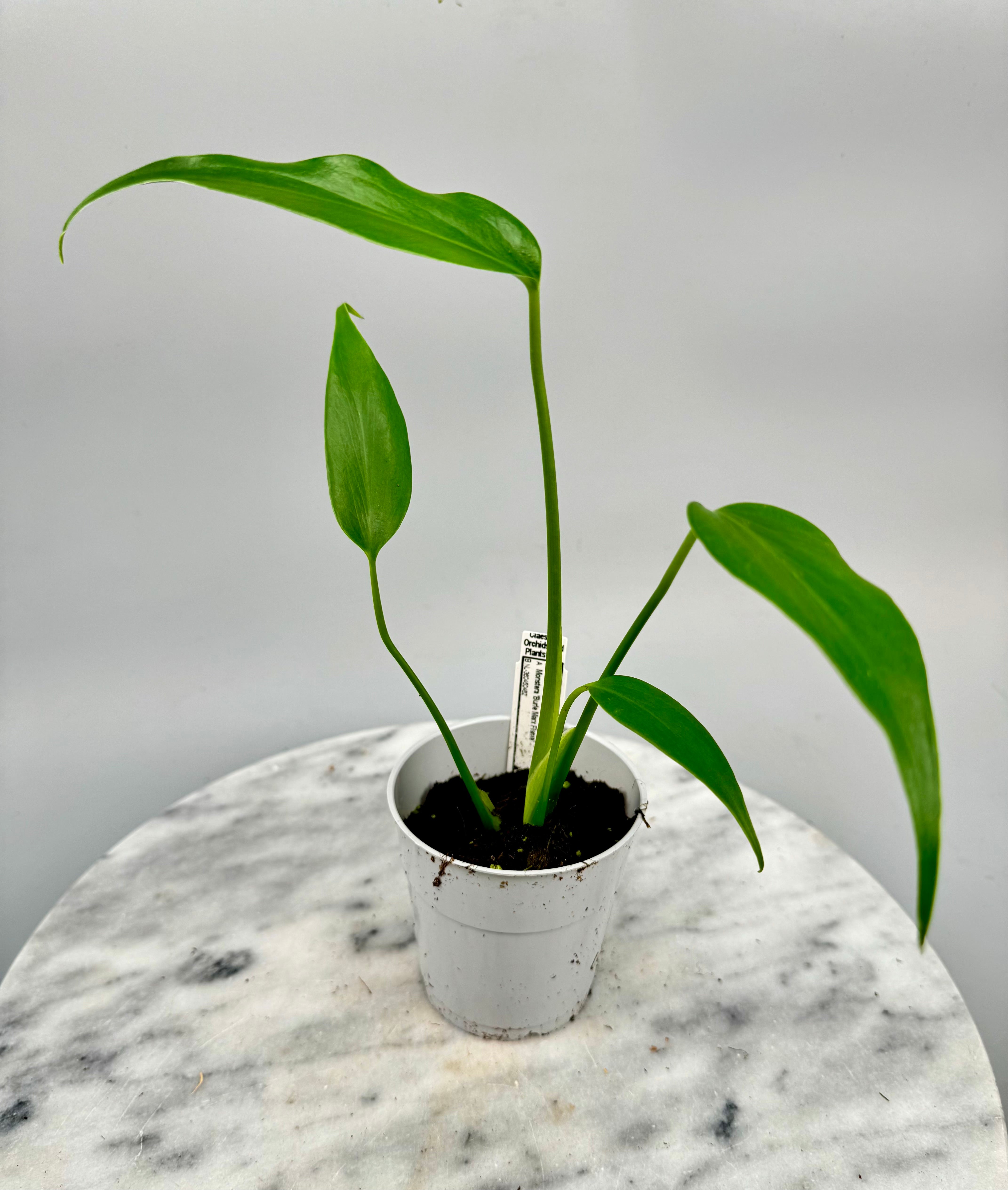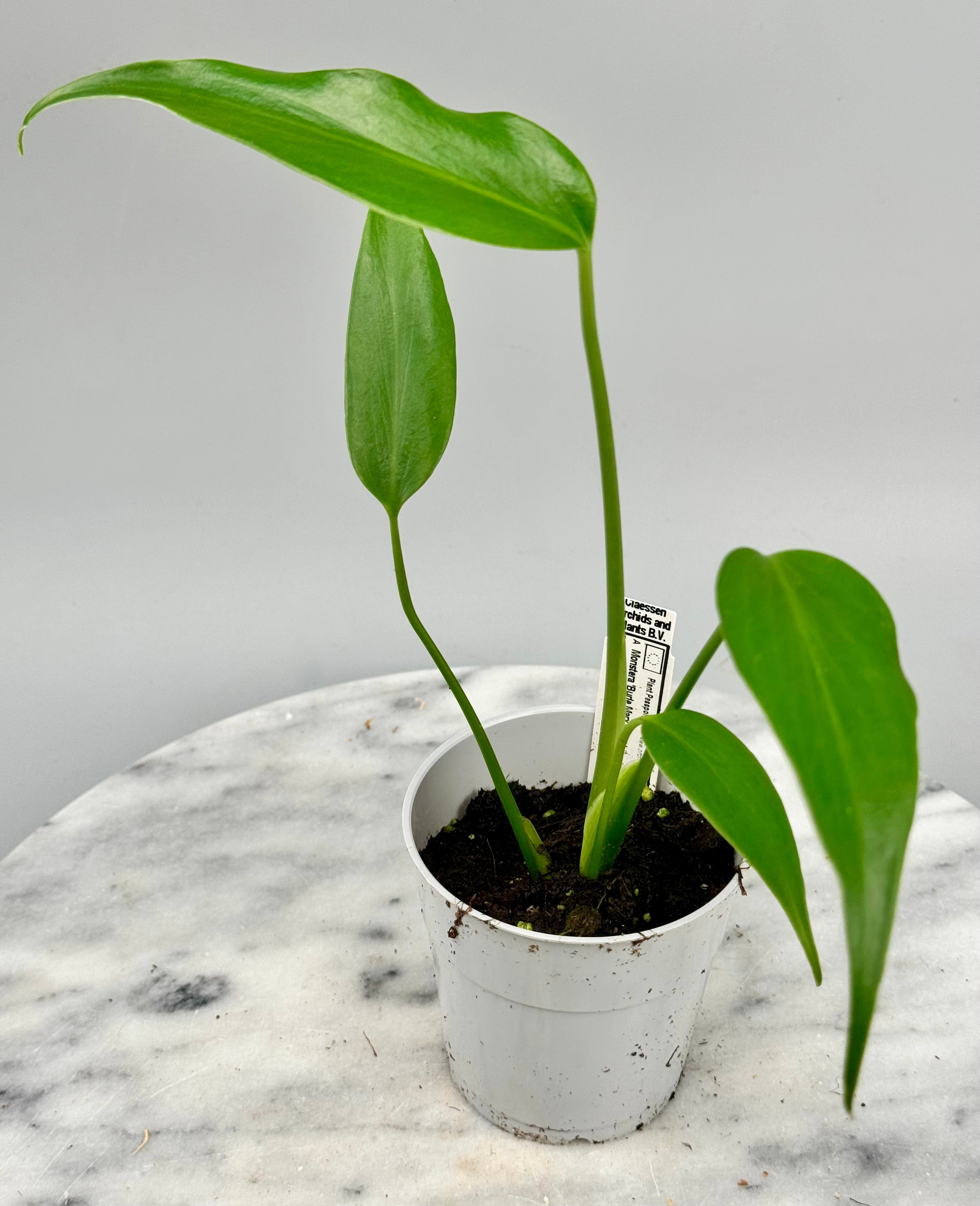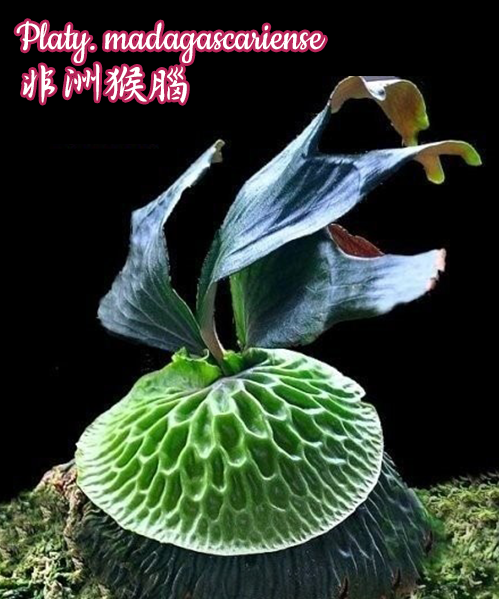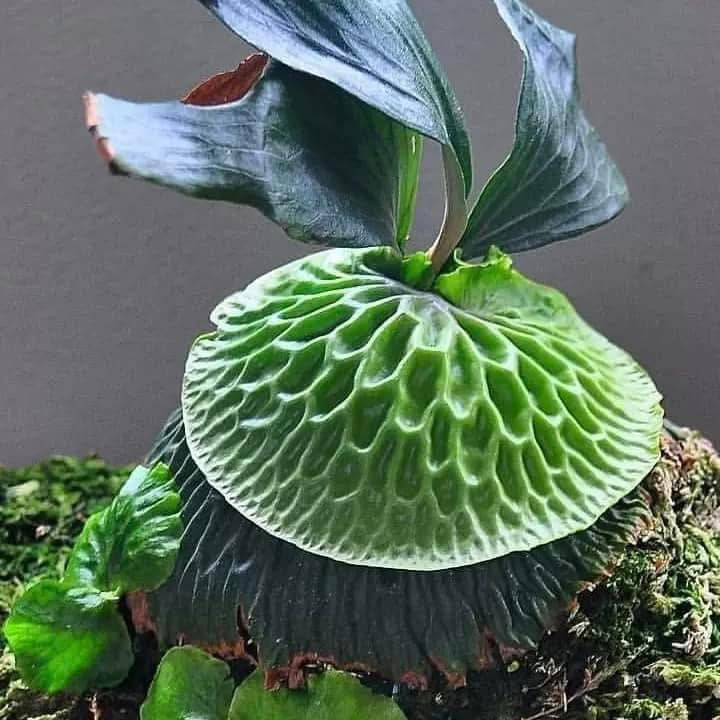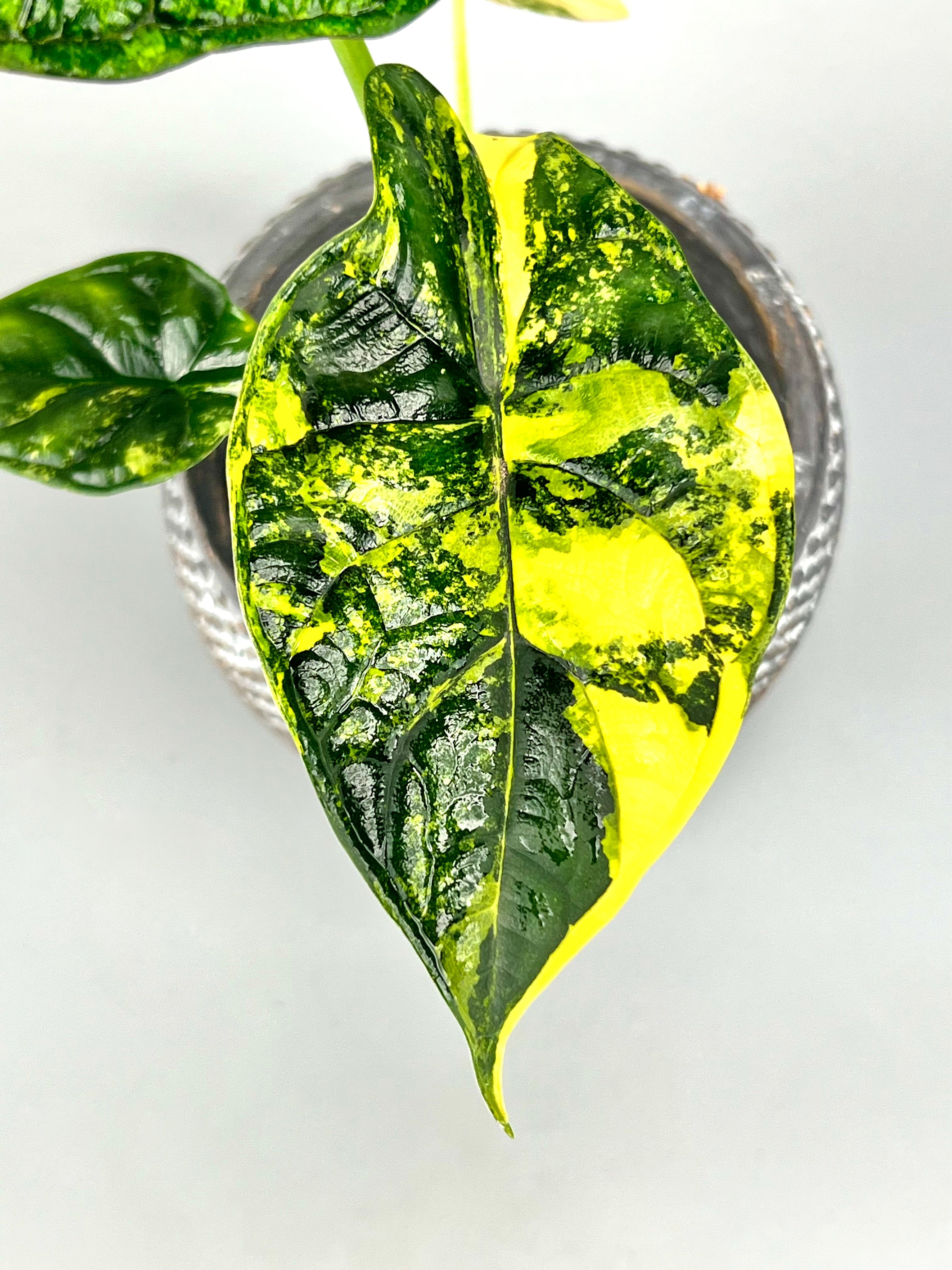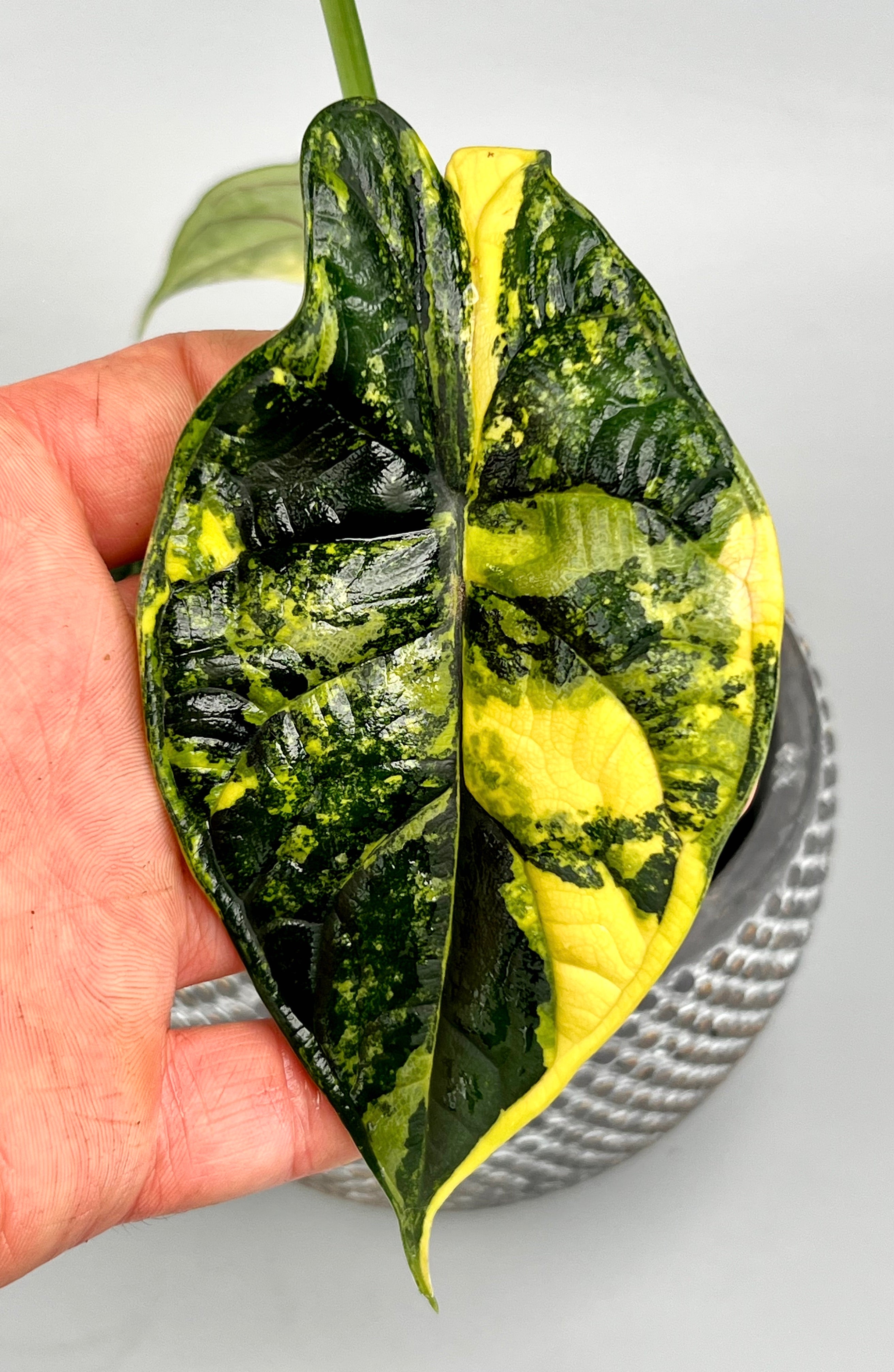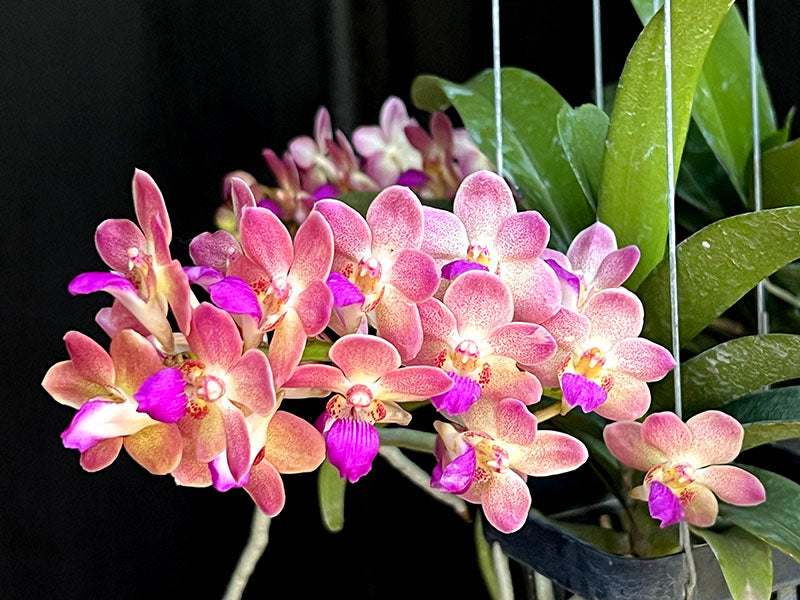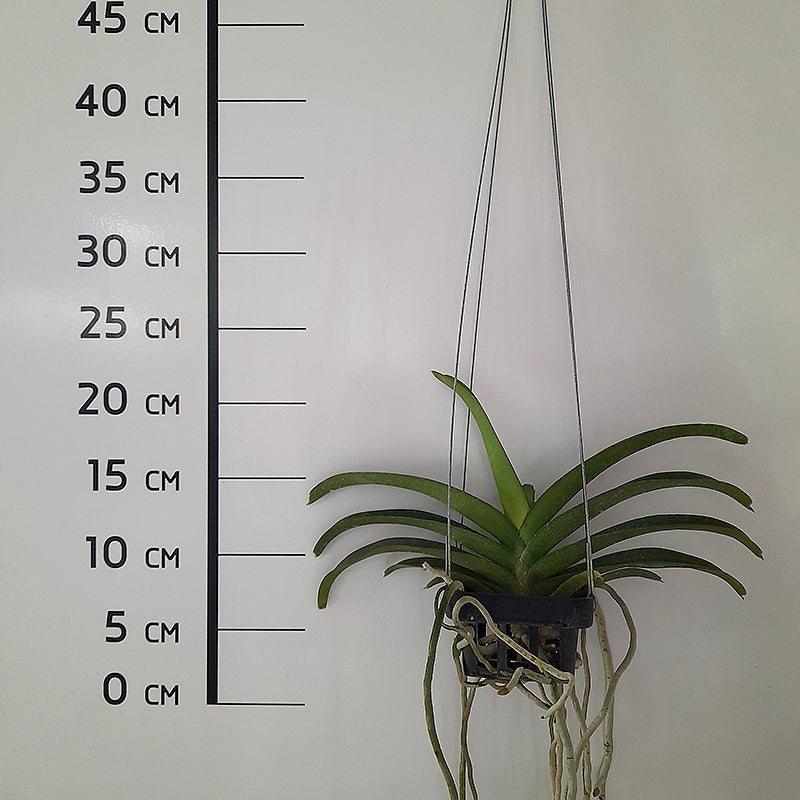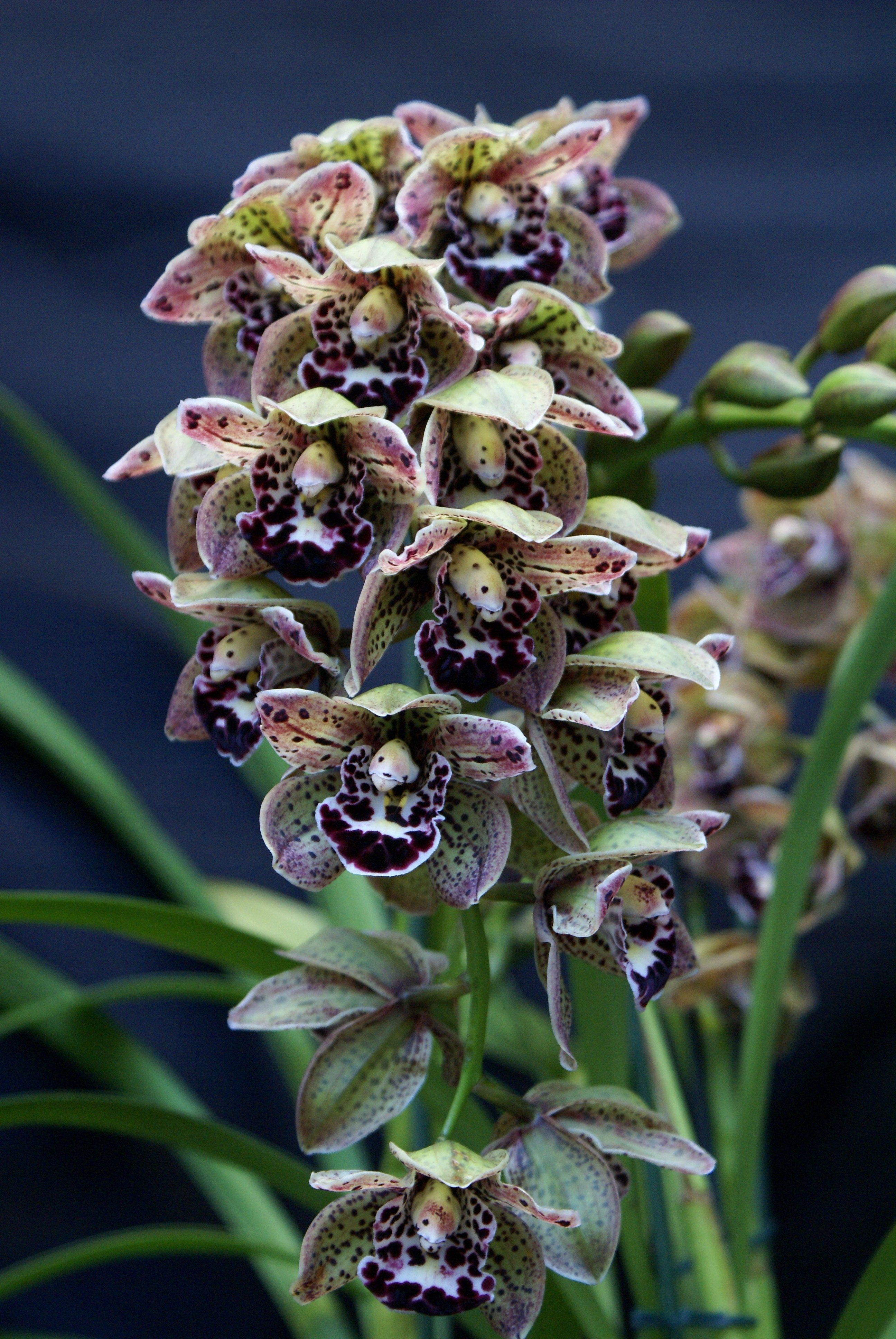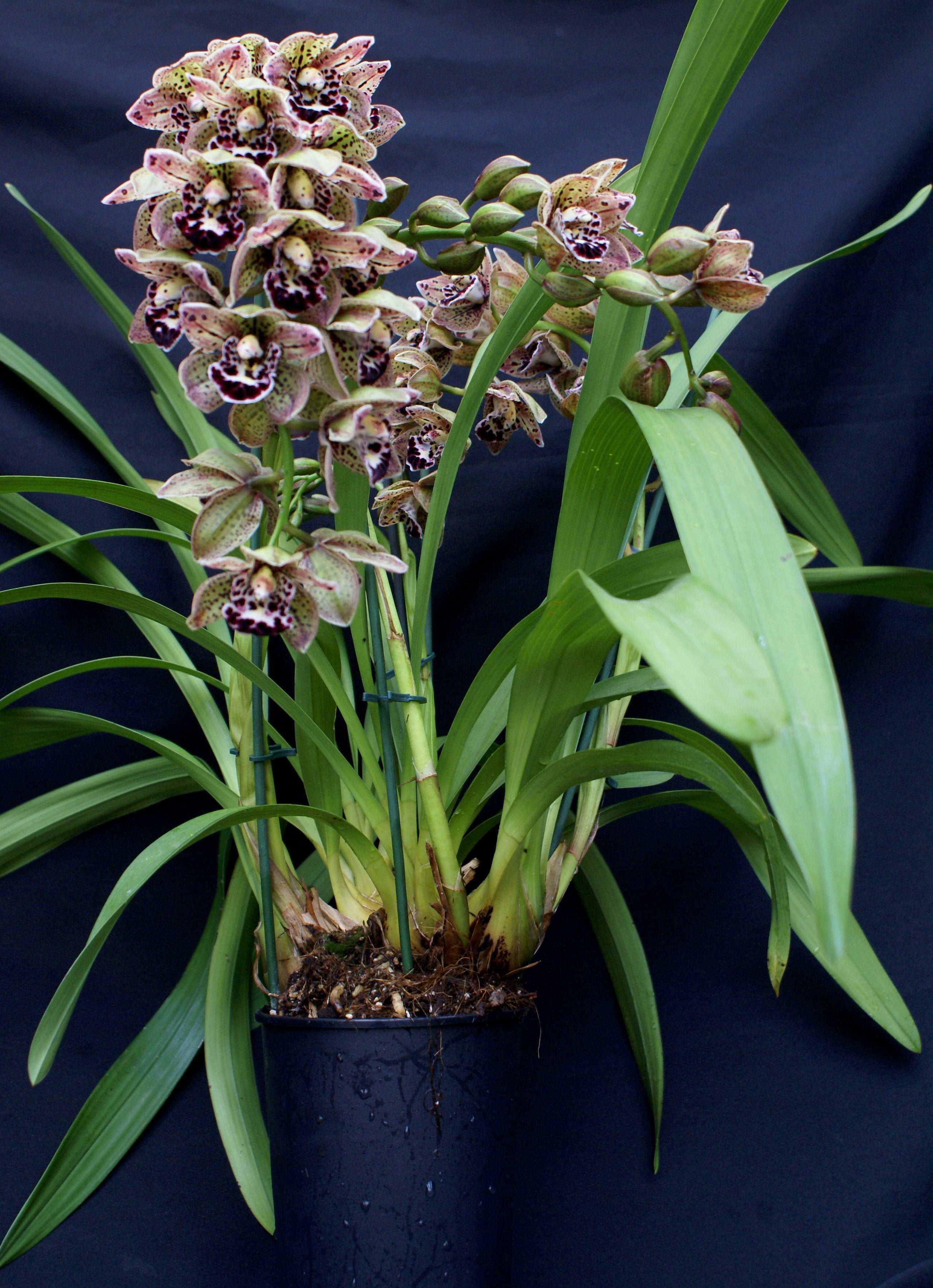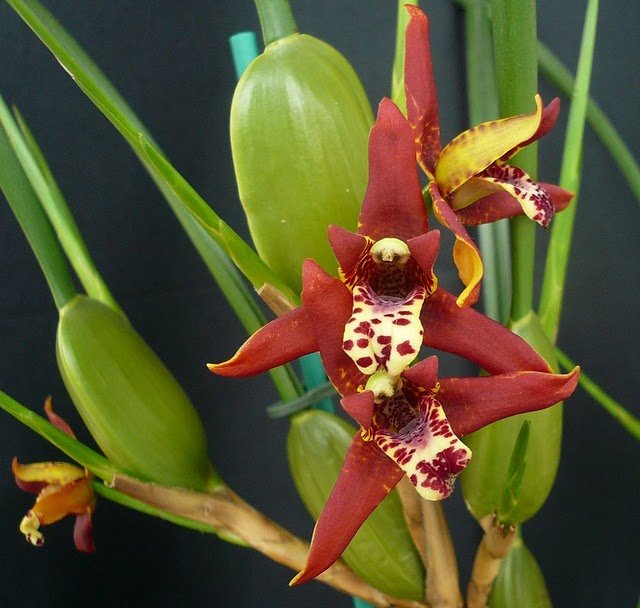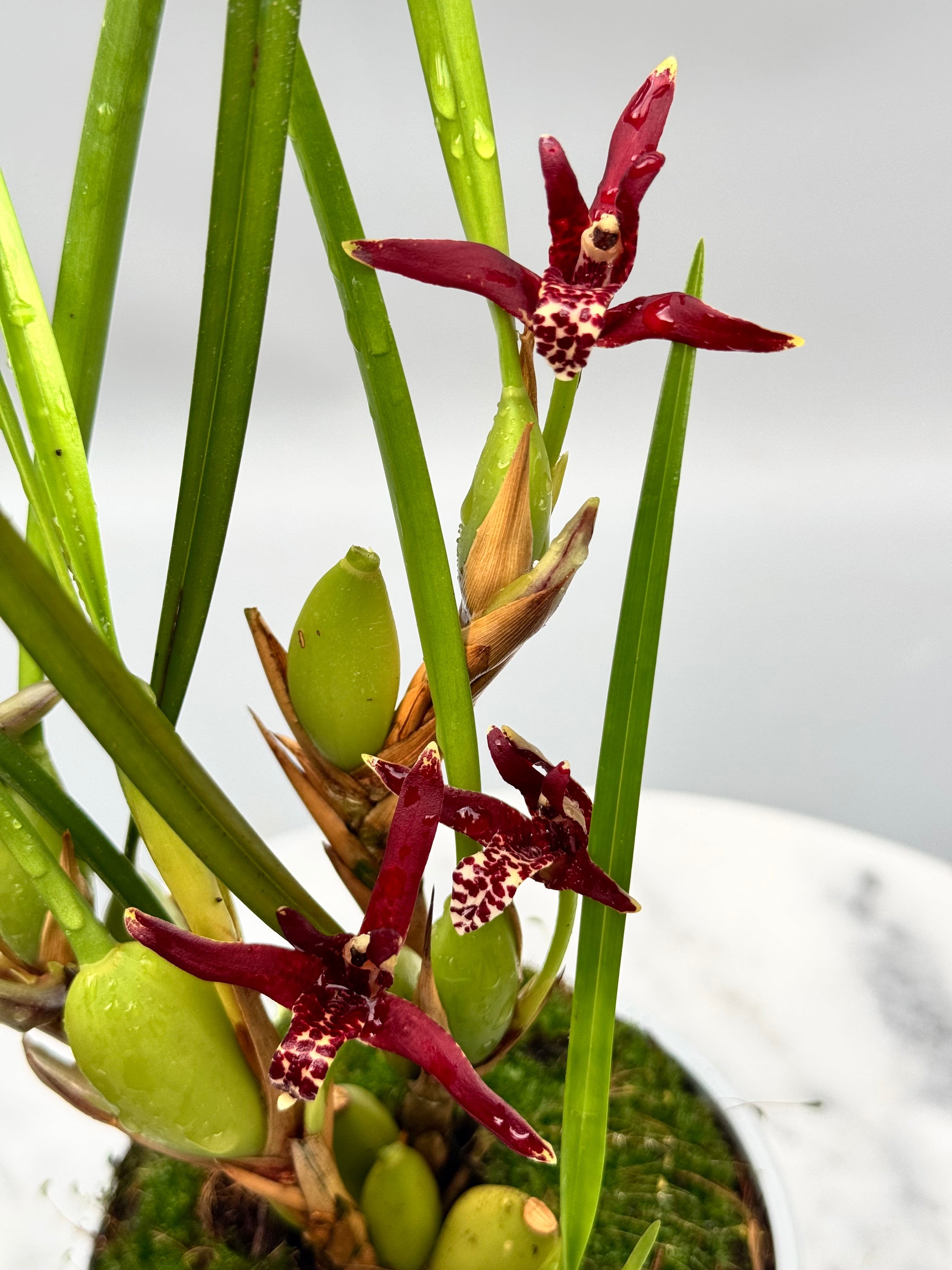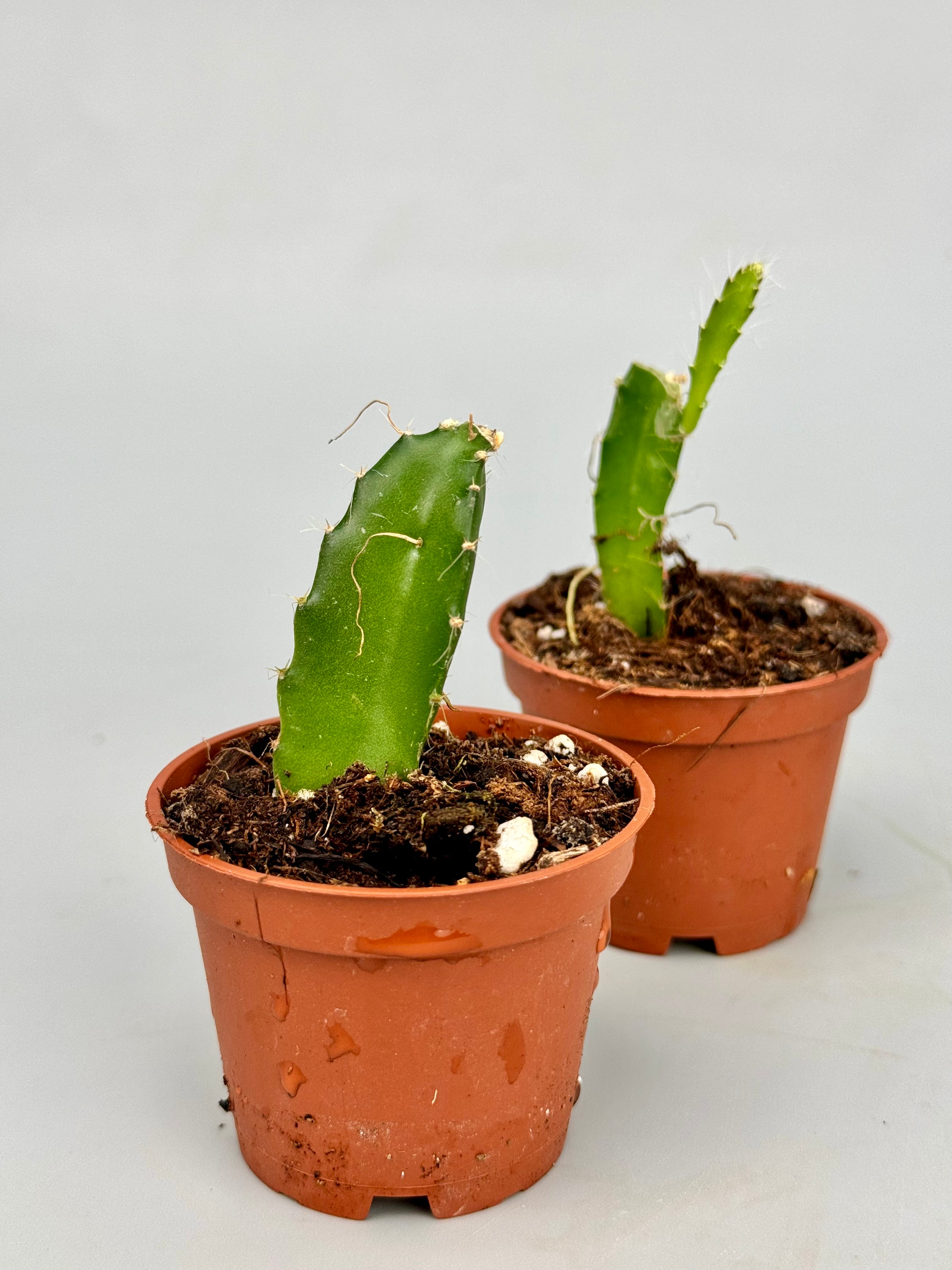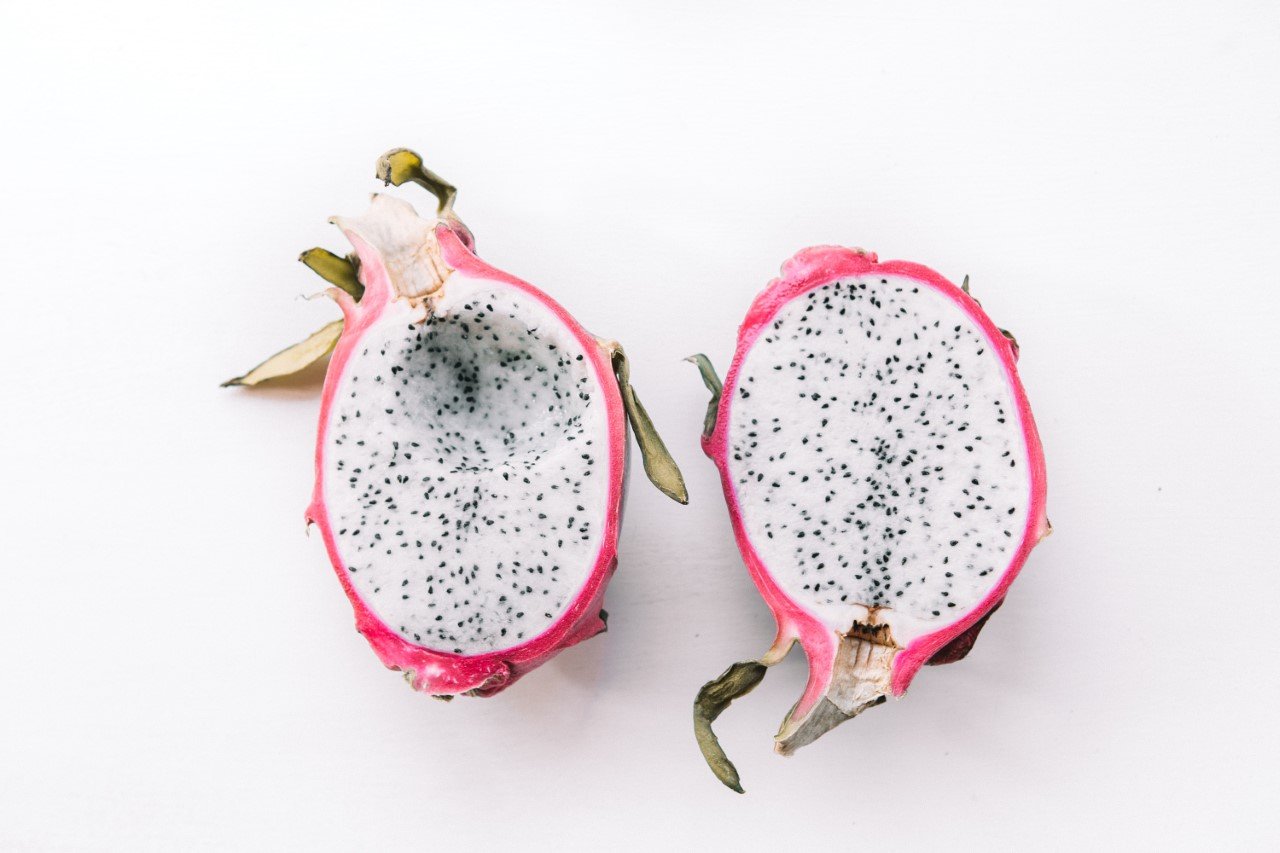A plant that is stagnant in its growth is often a sign of imbalance. Where healthy plants show a clear growth pattern - think new leaves, shoots or root formation - others may suddenly 'stop'. This need not be immediately worrisome, but it is a time to observe carefully. After all, growth is controlled by a number of interrelated factors: light, nutrition, root space, water, temperature and even the biological clock of the plant itself.
Natural rest
It is common for many plant species to slow down or pause their growth completely at certain times of the year. This is often seasonal and biologically determined. The plant then goes into a kind of dormancy. This dormancy occurs especially in species from areas with distinct dry or cold seasons. A good example are certain tropical orchids that conserve energy during a drought or winter period.
Thus, in such plants, stunting of growth need not be a problem. On the contrary, it is a signal that the plant is adapting to the conditions - a kind of built-in protection. At this stage, extra nutrition or water is often actually harmful, because the plant hardly absorbs any.

Lack of light
One of the most common causes of growth arrest in houseplants is lack of light. Light is necessary for photosynthesis. Without enough light, the plant does not produce enough energy to create new cells.
Many plants can survive temporarily with little light, but then put their growth processes "on pause. No energy is wasted on leaf development or root expansion, and the plant remains alive without growing.
In practice, this means that while plants in a darker corner do not die, they hardly do anything either. Growth recovery begins only when light levels increase. Consider moving the plant to a brighter spot, or - in winter months - using special grow lights.

Root pressure and pot space
Another aspect often overlooked is root development. Has a plant been growing in the same pot for a long time? Then the roots may have completely used up the available space. The roots can then no longer expand and form a dense network that reduces the absorption of air and water.
Sometimes plants have also been put in too large a pot too soon. In that case, the plant focuses on root development first, without showing above-ground growth. Both situations can lead to visible growth stagnation.
Solution: examine whether the roots are growing out of the pot or are just barely present. In the first case, repotting is necessary. In the second case, switching back to a smaller pot and better drainage can already make a difference.
Nutrients: more is not always better
When a plant is not growing, it is tempting to fertilize immediately. Yet this is only effective if other conditions are right. In too dark an environment or with root damage, nutrition will do nothing - or worse - lead to damage.
Too much fertilizer can accumulate salts in the potting soil, which actually hinders the roots in their function. Plants absorb nutrients only if they also get enough light, air and water.
A good approach is to first restore the basic conditions (light, water, pot size), and only then slowly begin appropriate feeding. For orchids, for example, it is advisable to use only very dilute fertilizer specially formulated for their specific needs.

Watering: the fine line between growth and suffocation
Water is essential, but it remains a delicate balance. Too wet means root rot. Too dry means dehydration and stagnation. In either case, a plant will stop growing.
The problem often lies in the combination of the wrong substrate and watering habit. A heavy potting soil with poor drainage can retain moisture even if you water little. Airy, fast-draining mixtures keep oxygen available to the roots - essential for growth.
Interplay of factors
Growth stagnation is usually not the result of a single cause, but rather a subtle interplay between several influences. What the plant is telling you - by its behavior and appearance - is that it is out of balance somewhere.
An important insight is that stagnation does not necessarily mean decline. It can also be a period of regrouping, in which the plant is waiting for better conditions. By paying close attention to light, roots, nutrition and pot conditions, you will soon get a better handle on the situation.
In conclusion
Plants that are not growing do not require haste, but attention. Stalled growth is often a signal of self-protection, or an invitation to better understand natural rhythms and needs. By responding to the signals and not to our own haste, plants often recover on their own. And when they grow again - it is always the most beautiful sign that you have understood them well.


